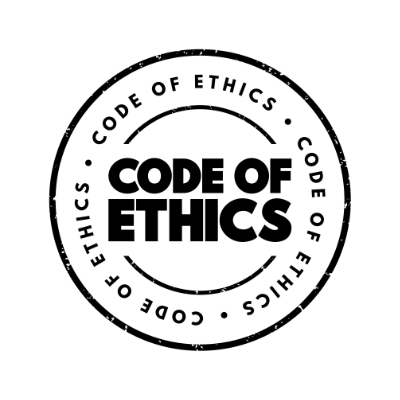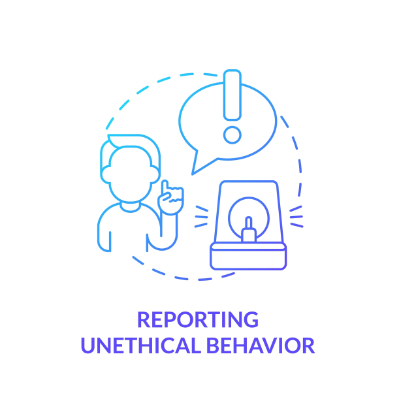Background: Emily, a physical therapist at a busy rehabilitation center, is treating an elderly patient, Mr. Thompson, who is covered by Medicare. Mr. Thompson's appointment lasted 35 minutes, which, according to the Medicare 8-minute rule, would equate to 2 units of billable time. In situations where there is only a few minutes difference, however, Emily has been instructed by her supervisor to increase the treatment time to qualify for an additional billable unit. In this instance, Emily was expected to document a treatment time of 38 minutes to be able to bill for three units of care. Her supervisor explains that this will help the clinic meet its financial goals, as Medicare reimbursements are tied to the number of units billed.
The Dilemma: Emily is uncomfortable with this request. She knows that billing for more units than the time spent with the patient is fraudulent, and she values her professional integrity. However, she is also aware that the clinic has been struggling financially and fears that challenging the directive could result in negative consequences for her job and her colleagues.
Ethical Conflict: Emily must decide whether to comply with her supervisor's instructions to submit fraudulent billing, potentially compromising her professional ethics and legal responsibilities, or to speak out and risk her job and the clinic's financial stability. She struggles with balancing her obligation to her profession and her responsibility to her patients.
Resolution: After careful consideration, Emily decides that she cannot, in good conscience, participate in fraudulent billing, as it violates both ethical standards and legal regulations. She values her professional integrity and the trust that patients place in her care. Emily decided to approach her supervisor privately to express her concerns about billing for more units than the time spent with Mr. Thompson. She explains that this practice could lead to severe consequences for the clinic and herself, including potential legal action, loss of Medicare reimbursement, and damage to the clinic's reputation.
Emily also suggests alternative ways to address the clinic's financial struggles, such as improving patient retention, increasing the efficiency of scheduling, or seeking out additional funding or grants that do not involve compromising the ethics of billing.
Her supervisor listens to her concerns and, after a thoughtful discussion, acknowledges the importance of maintaining ethical standards in practice. He agrees that the clinic should pursue more legitimate methods to improve its financial standing. While Emily's actions may have initially been uncomfortable, the conversation led to a positive change in the clinic's approach to billing.
In the end, Emily feels relief, knowing that she has upheld her ethical responsibilities. She also feels empowered by her ability to influence a more ethical path forward for the clinic, which ultimately ensures better patient care and compliance with legal requirements.
In this example, not only may there have been an ethical violation had other decisions been made, but there may have been federal and local legal consequences as well. Medicare has strict regulations regarding fraud, waste, and abuse (FWA). As Medicare is a Federal Government program, committing fraud by knowingly falsifying records is a form of fraud and is illegal. The involved person may be exposed to potential criminal, civil, and administrative liability and may face imprisonment, fines, and penalties (AMA, 2021).













